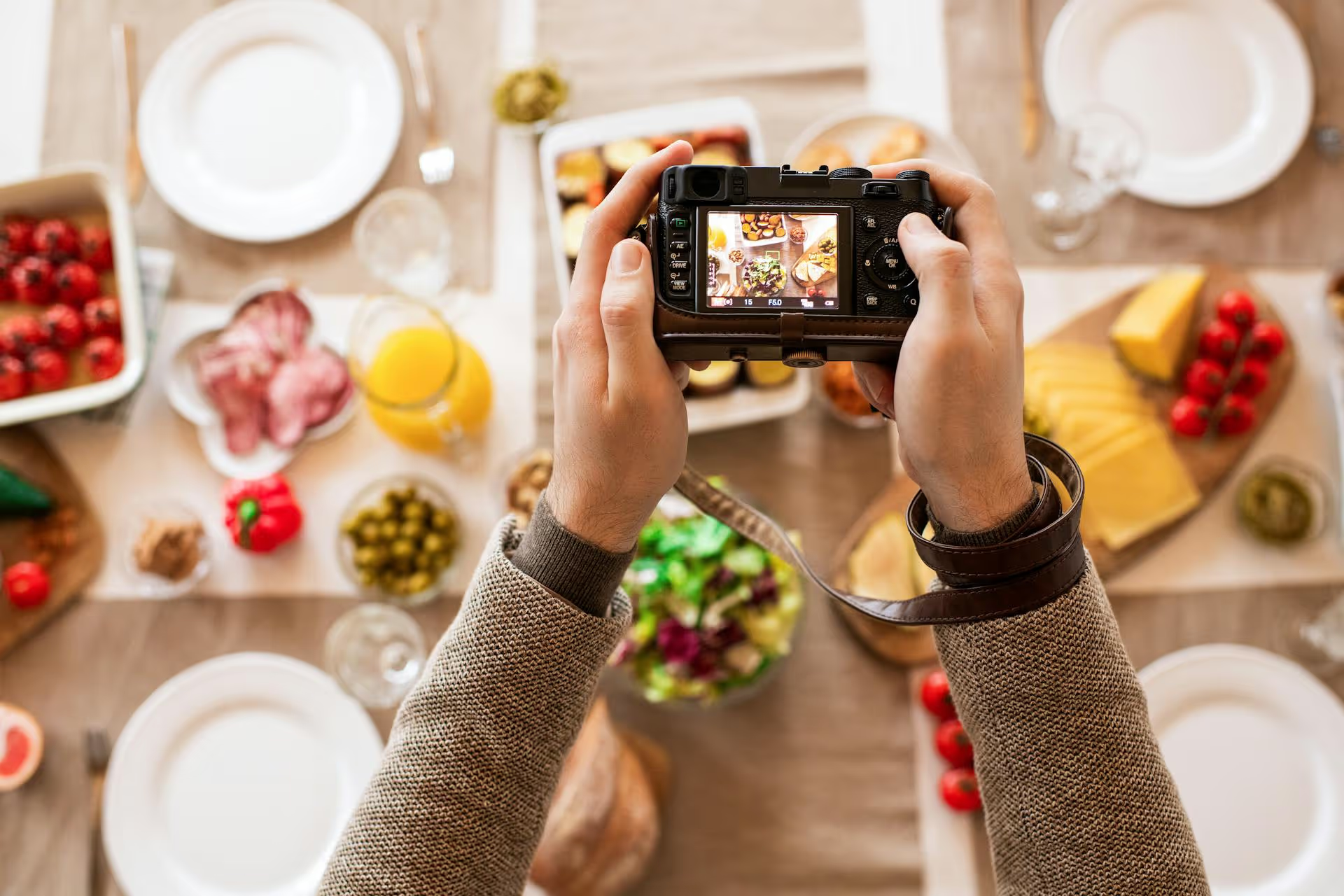How to Add Social Media Icons to an Email Signature
Enhance your email signature by adding social media icons. Discover step-by-step instructions to turn every email into a powerful marketing tool.

Pinterest is more than just a digital mood board for wedding dresses and kitchen remodels, it's a powerful visual discovery engine that can send a continuous stream of engaged traffic to your website, blog, or store. This guide walks you through the essential strategies you need to master the platform and turn your Pinterest ideas into real growth.
The first and most important step to succeeding on Pinterest is a mental shift. Unlike platforms like Instagram or Facebook, which are primarily about what's happening right now, Pinterest is about the future. Users aren’t mindlessly scrolling, they're actively planning, dreaming, and searching for ideas to bring to life. They're looking for solutions, inspiration, and products to buy for projects weeks or even months from now.
This future-focused user behavior makes Pinterest a completely different beast:
Before you start Pinning, you need to lay the right foundation. An optimized profile tells Pinterest and its users who you are, what you offer, and why they should pay attention.
If you're still using a personal profile, switch to a free Business Account immediately. This unlocks a ton of essential features, including:
Your profile is often the first touchpoint a potential follower or customer has with your brand. Make it count.
If you get one thing right on Pinterest, make it this. Keyword optimization is how users find your content. You need to think like your target audience: what terms are they typing into that search bar?
Pinterest gives you all the tools you need to find great keywords right on the platform.
Once you have a list of keywords, you need to strategically place them across your entire Pinterest presence.
Think of it like breadcrumbs. Each optimized piece - your profile, your boards, your Pins - helps the Pinterest algorithm understand what your content is about and show it to the right people.
Great SEO gets you seen, but great design gets you saved and clicked. Pinterest is a visual platform, so your content needs to be eye-catching and designed specifically for how people use the feed.
Don't just stick to static images. Experiment with different formats to keep your content fresh and engaging.
Pinterest rewards creators who consistently provide fresh, valuable content. Getting your great Pins out there at the right time is half the battle.
The days of Pinning 50+ times a day are over. Pinterest’s algorithm now heavily favors new, fresh content over repinning old popular Pins. This means creating new Pin images that link to your existing or new blog posts, products, or pages.
Instead of overwhelming yourself, aim for a manageable goal. Pinning just 3-5 fresh, optimized Pins per day is an excellent and sustainable target that can yield great results. Consistency is more important than massive volume.
Pinners are planners, which means you need to be one, too. Seasonal content is huge on Pinterest, and you should be Pinning for major holidays and events at least 45 days in advance. For example, start Pinning your Christmas content in October and your summer vacation ideas in April.
Use a content calendar to map out your topics for the month. To save time, batch-create your Pin graphics for the week or month ahead. This helps you stay consistent even on days when you’re not feeling creative.
Your work isn't done after you hit "Publish." The key to long-term success on Pinterest is paying attention to your data and using it to make smarter decisions.
Pinterest Analytics provides a wealth of information. Focus on these key metrics:
Use your analytics to identify your top-performing Pins and boards. Look for patterns. Is a certain topic consistently getting a lot of clicks? Does a certain Pin color scheme or design style perform better than others? Double down on what's working by creating more content in that style or on that topic.
Success on Pinterest boils down to treating it like a visual search engine, creating high-quality Pins that solve a problem, and sharing valuable content consistently. By optimizing your profile, mastering keywords, designing for the feed, and learning from your data, you can build a sustainable source of traffic and growth for your brand.
Staying consistent is often the hardest part, especially when you're balancing different platforms and campaigns. We built Postbase to streamline that process with a clean, visual content calendar that makes content planning simple. It allows us to view everything at a glance and schedule posts reliably, freeing up more time to focus on creating content our audience truly finds helpful and inspiring.
Enhance your email signature by adding social media icons. Discover step-by-step instructions to turn every email into a powerful marketing tool.
Learn how to add your Etsy link to Pinterest and drive traffic to your shop. Discover strategies to create converting pins and turn browsers into customers.
Grant access to your Facebook Business Manager securely. Follow our step-by-step guide to add users and assign permissions without sharing your password.
Record clear audio for Instagram Reels with this guide. Learn actionable steps to create professional-sounding audio, using just your phone or upgraded gear.
Add translations to Instagram posts and connect globally. Learn manual techniques and discover Instagram's automatic translation features in this guide.
Optimize your Facebook Business Page for growth and sales with strategic tweaks. Learn to engage your community, create captivating content, and refine strategies.
Wrestling with social media? It doesn’t have to be this hard. Plan your content, schedule posts, respond to comments, and analyze performance — all in one simple, easy-to-use tool.